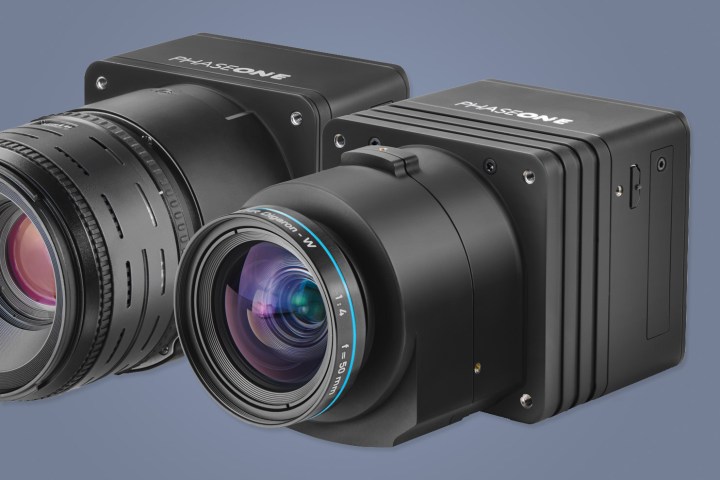
Traditional focal plane shutters travel vertically to expose the photograph, but the new iXU-RS shutter opens from the center using a leaf system. While the less common central shutters aren’t a completely new concept, Phase One has paired the shutter’s design with an electronic direct drive, which allows for a shutter speed as fast as 1/2500s. That’s a significant increase from the 1/1600 on the iXU. The enhanced speed could be a big boost for aerial photography when conditions like wind can introduce blur from the motion of the drone.
The new design also gives the camera a 500,000-shutter lifespan, which Phase One says is unprecedented in the industry.
While the faster shutter will allow for sharper shots if the lighting is sufficient, the sensor also has enhanced sensitivity, now expanding from ISO 50 to 6400. That expanded range will help take advantage of that faster shutter speed without underexposing the image. Phase One says the wider sensitivity range also helps expand the camera’s use to weather conditions with less favorable light.
The iXU-RS100 is the line’s medium format option with 100 megapixels and 11,608 pixels cross-track coverage. The high resolution allows industrial users to maintain the same height and still get a more detailed photograph. Despite the high resolution, the camera body is still fairly compact, weighing 2.05 pounds.
The industrial aerial camera line also includes the 80 megapixel iXU-RS180, the 60 megapixel iXU-RS160 and the 160 Achromatic. The cameras are designed specifically for industrial use like inspection and security, as well as high-resolution aerial photography.




